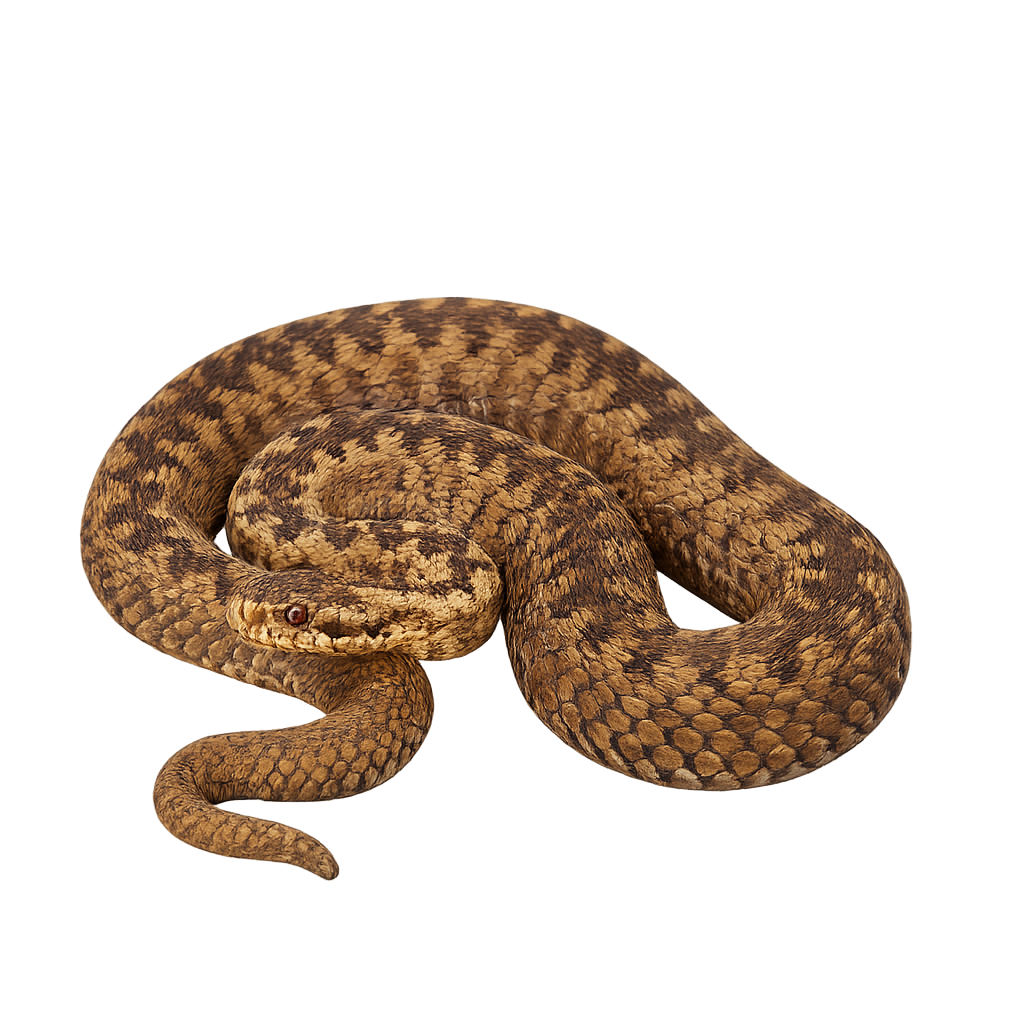Animal Species Profiles:
Mammals, Birds, Reptiles & More
Explore wildlife from around the world with the species profiles on WildlifePhotographer. Mammals, birds, reptiles… For each species, you’ll find key information such as habitat, observation periods, distribution, and photography tips. Want more details and advanced features? Download the full app for the complete experience.
Chinese alligator
Alligator sinensis
Native to the rivers and swamps of the Yangtze in China, the Chinese alligator is one of the rarest and most endangered alligator species in the world. It has a smaller size compared to the American alligator, with a maximum length of around 2.5 meters. This reptile primarily feeds on fish, crustaceans, and small mammals. Due to habitat loss and hunting, the Chinese alligator is now classified as critically endangered.
Caiman
Caiman crocodilus
The Spectacled Caiman is a reptile of the alligator family, primarily found in rivers, swamps, and lakes of tropical Central and South America. It is recognizable by its green-gray skin and smaller size compared to other crocodilians, typically reaching 2 to 3 meters in length. The Spectacled Caiman feeds mainly on fish, amphibians, small mammals, and birds, which it captures with its powerful jaws.
This semi-aquatic animal spends much of its life in the water, where it hunts and hides in the vegetation along the shores to avoid predators. While the Spectacled Caiman is generally discreet, it can become dangerous if threatened. Its population is stable, although the species is sometimes threatened by illegal hunting and habitat loss.
Common European Adder
Vipera berus
The Common European Adder is a medium-sized venomous snake, typically measuring between 60 and 90 cm in length. It exhibits variable coloration, ranging from brown to gray, with a darker zigzag dorsal stripe. Melanistic individuals are entirely black. This species is widely distributed across Europe and Asia, from the United Kingdom to the Pacific coast of Russia, and up to the Arctic Circle. It inhabits various environments, including forests, heathlands, meadows, and wetlands. The adder is diurnal and feeds primarily on small mammals, amphibians, lizards, and birds. It is ovoviviparous, giving birth to 3 to 20 live young in late summer or early autumn. Although its venom can be dangerous, bites are rare and seldom fatal. Listed as Least Concern by the IUCN, it is protected in several European countries.




